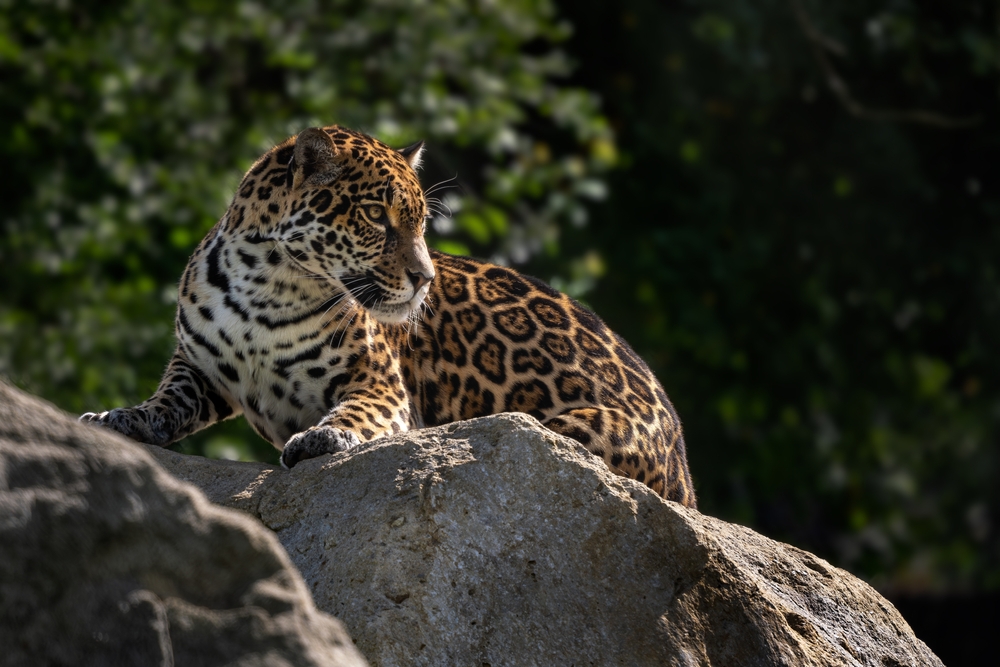Candelaria Caves Overview
Candelaria Caves National Park, known locally as Parque Nacional Cuevas de Candelaria, is a remarkable natural and cultural treasure located in the Alta Verapaz department of Guatemala.
Covering an area of approximately 21 square miles (54 square kilometers), the park is home to an extensive and intricate limestone cave system that extends for over 14 miles (22 kilometers).
This cave system is one of the longest in Central America and is renowned for its unique geological formations, underground rivers, and cultural significance to the ancient Maya civilization. The caves, once used by the Maya for religious ceremonies, are considered sacred and remain an important site for local Q’eqchi’ Maya communities today.
The terrain of the park is dominated by dense tropical rainforest, which thrives in the humid and warm climate of the region. Towering ceiba trees, the sacred tree of the Maya, stand among mahogany, cedar, and various species of palms that create a lush and diverse canopy.
The caves themselves are a highlight of the landscape, with immense chambers adorned with stalactites and stalagmites, some forming natural bridges and columns. The Río Candelaria, a subterranean river, flows through many sections of the cave system, creating spectacular underground waterfalls and pools. The interplay of light and shadow within the caves, especially where natural openings allow sunlight to filter in, enhances the mystical atmosphere that has long fascinated explorers and researchers.
Wildlife within Candelaria Caves National Park is as diverse as the landscape. The dense jungle provides a habitat for mammals such as jaguars, ocelots, and howler monkeys, which can often be heard echoing through the forest. White-nosed coatis and kinkajous are also common sightings.
The park is a haven for birdwatchers, as it is home to an impressive variety of avian species, including the resplendent quetzal, Guatemala’s national bird. Other notable bird species include toucans, trogons, and various types of parrots that thrive in the rich biodiversity of the park’s canopy. Bats are a significant presence within the cave system, with several species roosting in the darker recesses, playing a crucial role in the ecosystem.
One of the most popular features of the park is the cave system itself, with its extensive tunnels, vast chambers, and underground river passages. Visitors are drawn to the dramatic beauty and cultural history of these caverns, with guided tours offering a glimpse into the Maya’s sacred connection to the site.
The Río Candelaria offers a unique opportunity for inner tubing or rafting, allowing visitors to float through parts of the cave system and experience its beauty from the water. Hiking trails through the jungle lead to scenic viewpoints and cave entrances, providing opportunities for nature enthusiasts to explore the park’s biodiversity.
Candelaria Caves National Park faces conservation challenges, primarily due to deforestation, climate change, and the impact of tourism. While increased tourism brings economic benefits to local communities, managing visitor impact within the fragile cave ecosystem requires ongoing efforts.
Conservation initiatives have focused on sustainable tourism, reforestation projects, and community involvement to protect both the natural and cultural heritage of the park. The commitment of local conservation groups and park management has led to important successes in preserving the integrity of this unique landscape while ensuring that future generations can continue to appreciate its beauty and historical significance.










































































